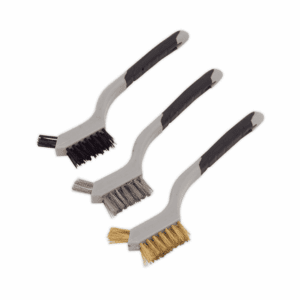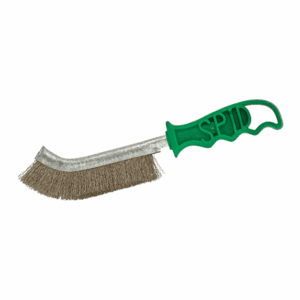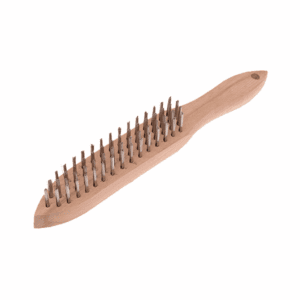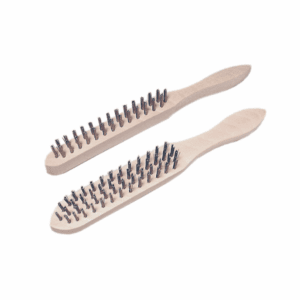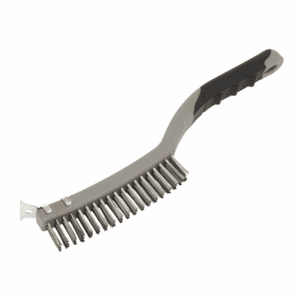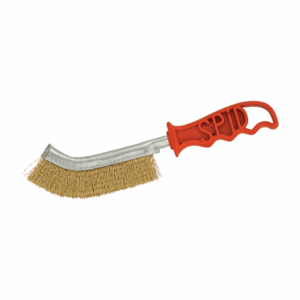Wire Brushes
Equip your workshop or production facility with high-performance mechanical wire brushes designed for demanding industrial applications. This category features a full spectrum of wire brushes, including durable hand brushes, long-handled variants for reach, and compact little wire brushes for detail work.
Whether you’re removing rust, preparing surfaces, deburring metal or cleaning weld seams, our mechanical wire brush range covers all bases. These tools are engineered for professional use: from heavy-duty wire bristles suited to metal fabrication, to smaller brushes ideal for spot-cleaning, corners and tight areas.
Discover wire brushes that deliver longevity, consistent performance and minimal downtime — giving you a solution that stands up to industrial workloads. Browse our full selection to find the right size, handle-type and bristle configuration for your application.





